THERE have been many political movements in Pakistan; some of them have also been between two opposing ideologies, such as the Movement for the Restoration of Democracy and the Pakistan National Alliance in the 1970s. All these movements have been about restoring Pakistan’s Constitution and re-establishing parliamentary democracy. However, none of these movements sought to change Pakistan’s political culture, and as such, left behind no legacy. Perhaps the only movement that did this was the women’s movement and the establishment of the Women’s Action Forum in 1981. On the other hand, Zia’s Islamisation has left behind a powerful legacy, despite the fact that there is a huge anti-Zia sentiment in the country.
It is interesting to see how Zia managed to create this legacy and how it has managed to survive after his death. There are two aspects of this: one is the introduction of behavioural patterns in the day-to-day life of the citizens of Pakistan, and the other has been the introduction of an education system that has brought about fundamental changes in the behaviour of Pakistani society, especially among the youth.
To begin with, he introduced the compulsory covering of the head for women TV anchors and the only person who refused to follow this was Mehtab Rashdi. He also banned classical music and dance and the presence and work of prominent poets and writers on television. Society as a whole accepted this, with the result that Karachi’s famous dancing and music schools closed down. But Sheema Kermani continued to dance fearlessly.
In addition, compulsory Zuhr prayers were introduced not only in all government institutions but also in colleges and universities and the private sector followed this to seek support from the government.
What can society do to deal with Zia’s legacy?
Meanwhile, urinals were removed from all public and academic buildings because Muslims are not supposed to urinate while standing. This created an acute shortage of toilets.
With the direct support of the government, the local mosque and the neighbouring madressah (if it existed) came together to support the nizam-i-salat. An individual, who at Fajr, roamed the neighbourhood asking the people to come to prayers, and those who did not were visited by the mosque’s maulvis and asked if they had a quarrel with God. In their khutbas, the maulvis also preached against the working and schooling of women and of their driving cars.
All this changed society, even the elite, who were not affected by the introduction of these behavioural rules. They isolated themselves in their ghettoes, and they had very little to do with the new divided society that emerged, especially in the urban areas.
Most of what has been described above was done away with in the post-Zia period, but its influences remain. One does not have to cover one’s head or avoid urinals and progressive writers and poets can appear on TV. But among a very large number of people and institutions, there is an unease about this and other elements introduced in the Zia period, which are considered questionable.
However, the real legacy of Zia is something that has lasted and has become unchangeable. These are the blasphemy law and Hudood ordinances. The former can accuse anyone of blasphemy, leading to a death sentence. The latter make it almost impossible to convict anyone of rape. These laws are unchangeable and are protected informally by a link between the mosque and madressah, who have the means to create violence and challenge the writ of the government. Since they are seen as the product of religion, questioning them is next to impossible. So Pakistan remains divided between a weak progressive left and liberal elements and the powerful though unrepresented right.
The other powerful legacy of Zia is the changes he brought about in the educational curricula of schools and colleges. International geography and history were removed and Pakistan Studies and Islamiat (both misrepresented) were considered sufficient to replace them. These changes are still protected successfully by the politicians and academics produced by the Zia era.
So what can society do, both politically and culturally, to deal with the Zia legacy? Individuals have proposed the coming together of ‘progressive’ NGOs to develop a common culture of women’s emancipation, of dance, music and theatre, and of political education which, in the long run, bring about changes in society. But can this function in a system where individuals are made to disappear by the state, sometimes never to return? The media which has to be a major player in this process cannot function independently and is always under surveillance and controlled by intelligence agencies. Many who tried to fight for justice and truth have been gunned down.
The writer is an architect.
Published in Dawn, September 19th, 2023


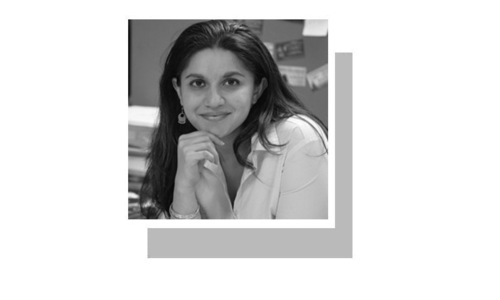


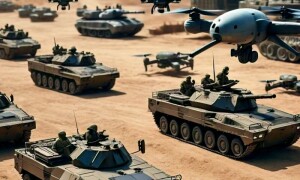
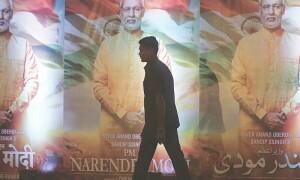
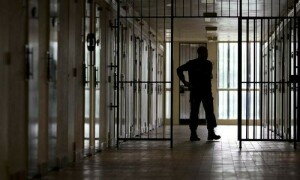






















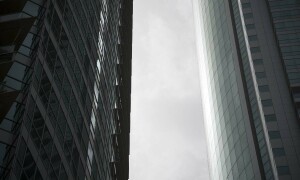











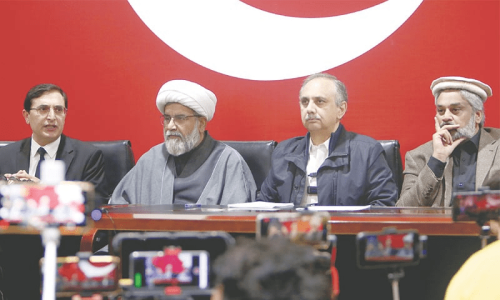


Dear visitor, the comments section is undergoing an overhaul and will return soon.